

Fernbank Museum
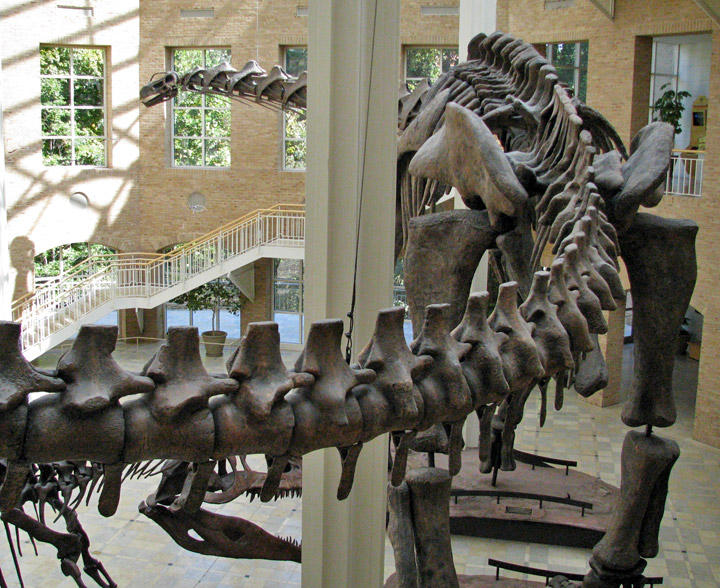
Fernbank Museum
Fernbank Museum of Natural History, in Atlanta, Georgia, presents exhibitions and programming about natural history that is meant to entertain as well as educate the public. Its mission is to encourage a greater appreciation of the planet and its people. Fernbank Museum has a number of permanent exhibitions and regularly hosts temporary exhibitions. Giants of the Mesozoic, on display in the atrium of Fernbank Museum, features a 123-foot (37 m) long Argentinosaurus (the largest dinosaur ever classified) as well as a Giganotosaurus.
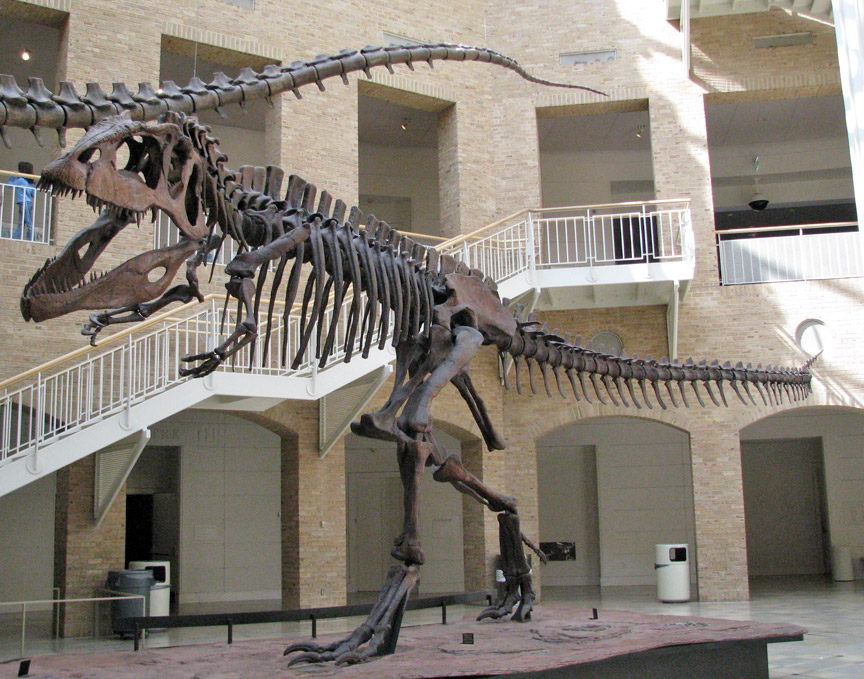
The permanent exhibition, A Walk Through Time in Georgia, tells the two-fold story of Georgia's natural history and the development of the planet. The nearby Fernbank Science Center, operated by the DeKalb County Board of Education, hosts additional exhibits and educational activities, as well as a planetarium, telescope, and 65-acre (260,000 m2) natural forest.
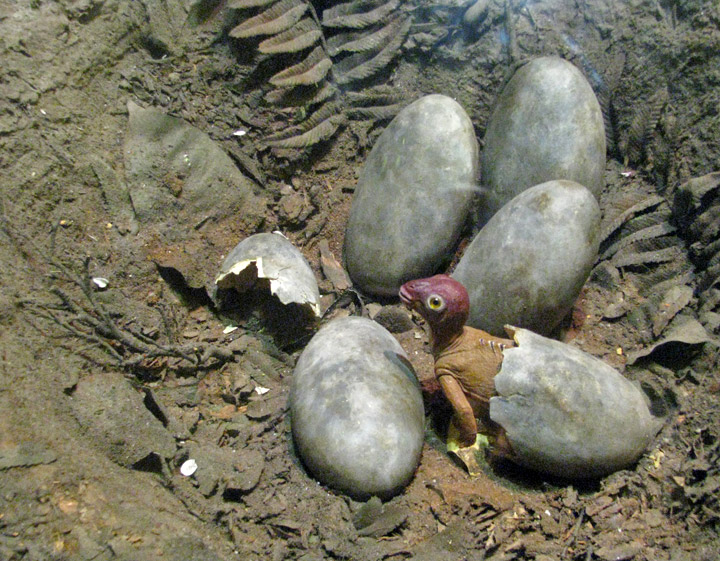
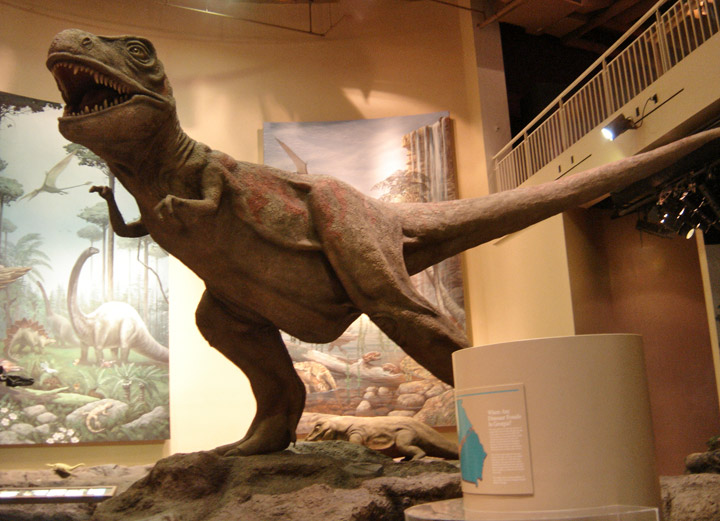
In the late 1800s, a nature-lover named Emily Harrison grew up in an area east
of Atlanta which she called "Fernbank". Along with others, Harrison created a
charter for Fernbank in 1938 and purchased the 70 acres (280,000 m2) of woodland
on which Fernbank Museum now stands. In 1964, the Fernbank trustees and the
DeKalb County School System created Fernbank Science Center, which led to a
desire to share Fernbank's resources with the general public. Ground was broken
in 1989, and on October 5, 1992, Fernbank Museum of Natural History opened to
the public. Fernbank now stands on 65 acres (260,000 m2) of the largest
old-growth urban Piedmont forest in the country.
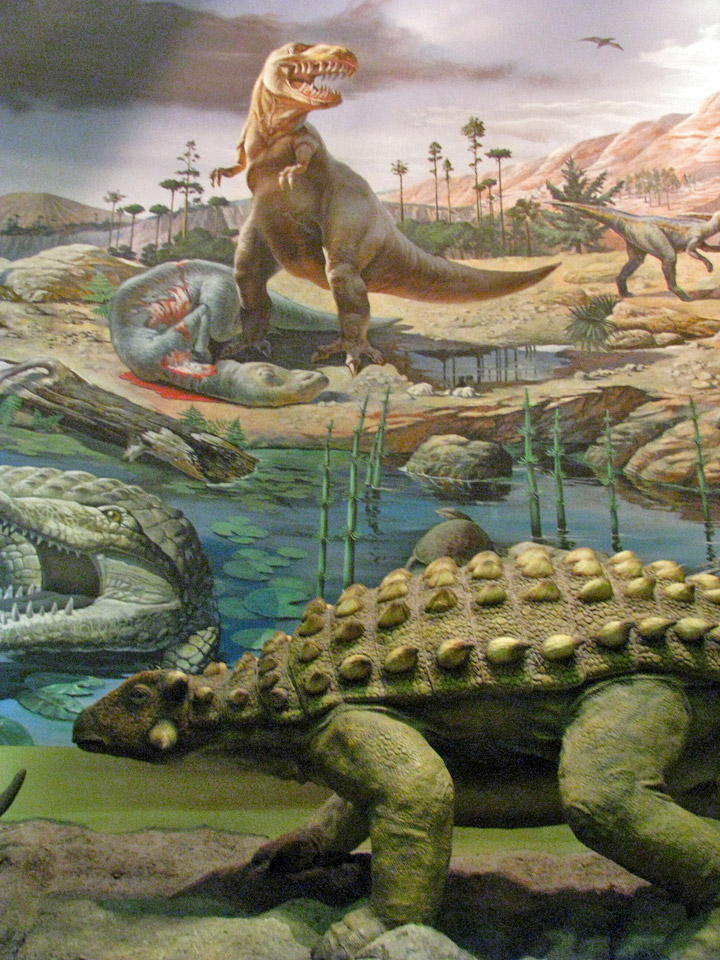
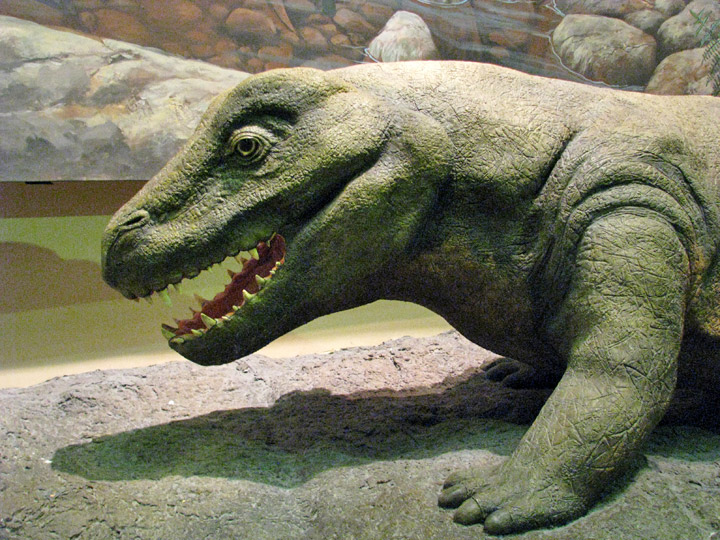


Polar Bearar
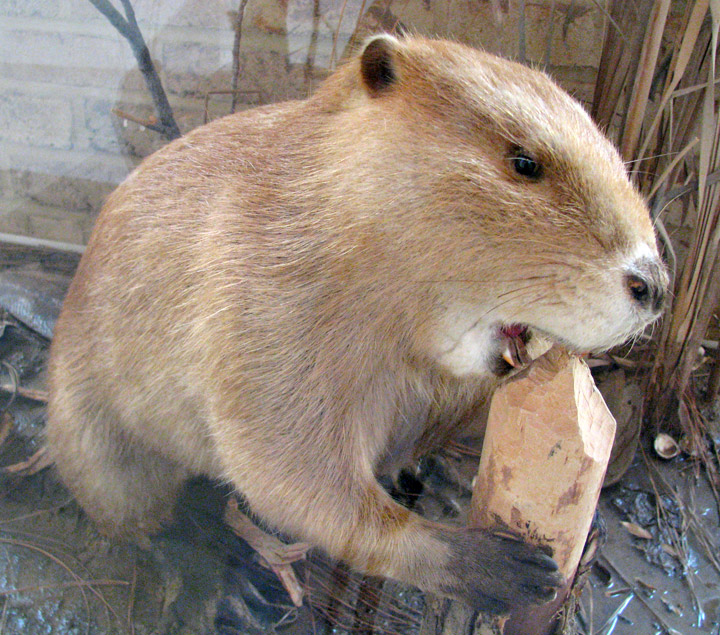
Beaver
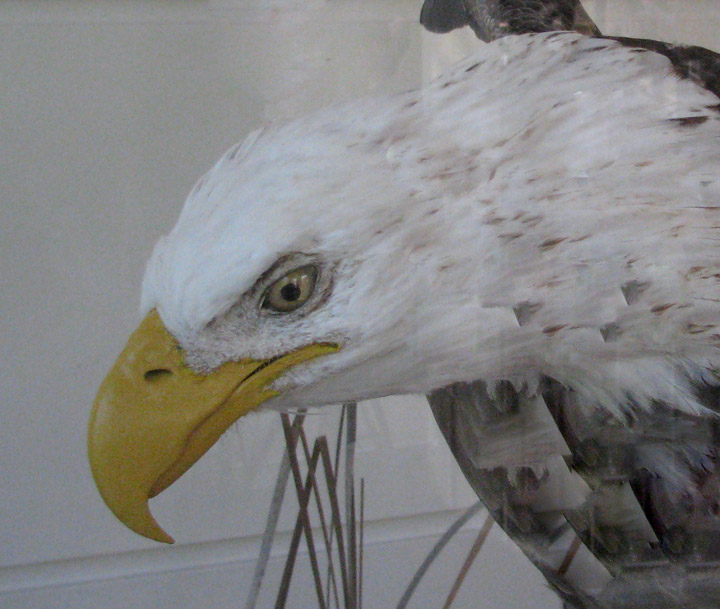
Eagle
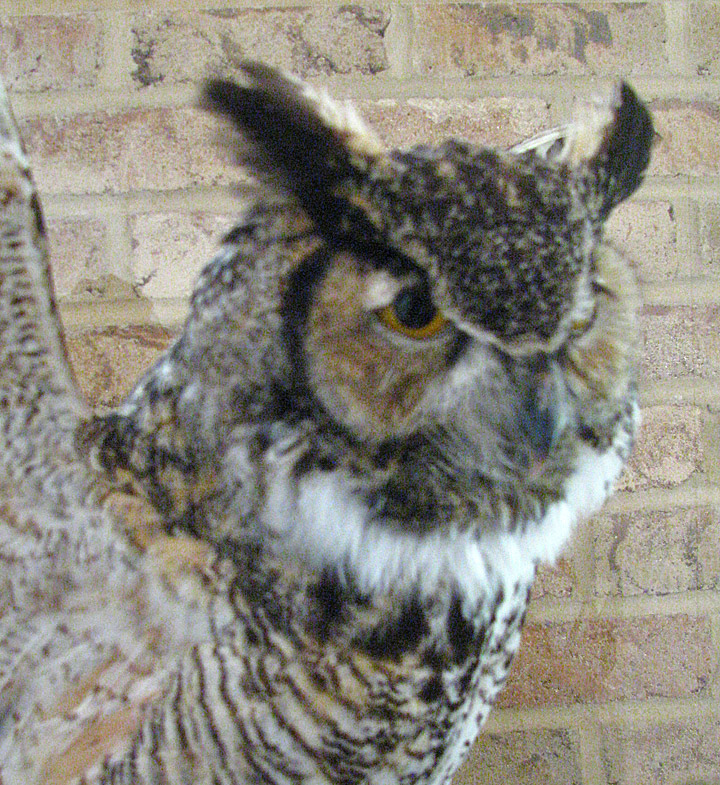
Owl
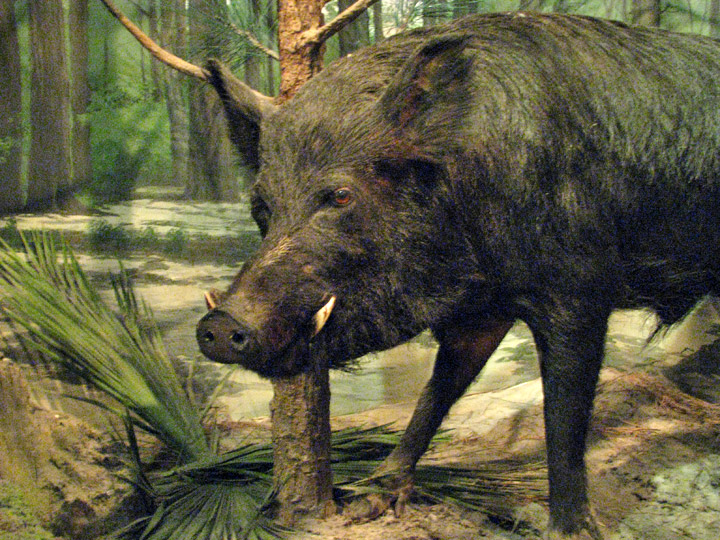
Boer
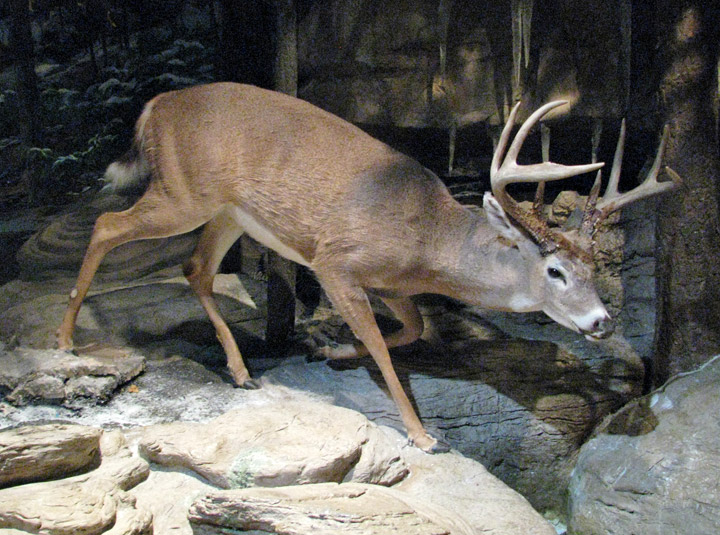
Deer

Fox

Black Bear
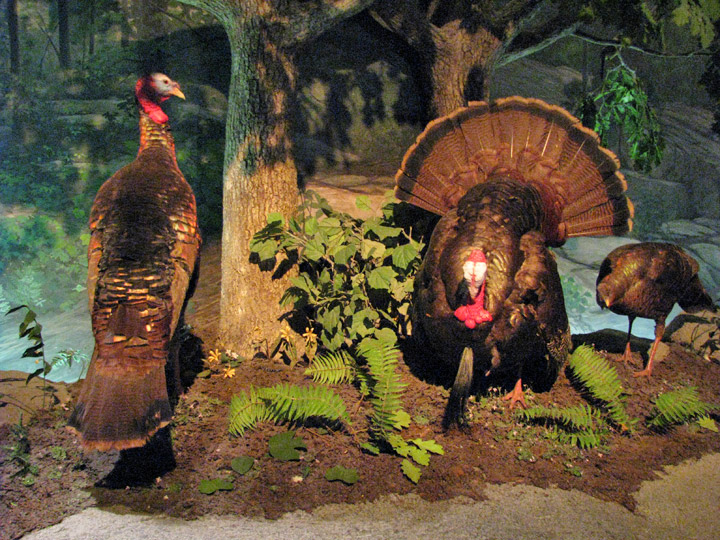
Turkey
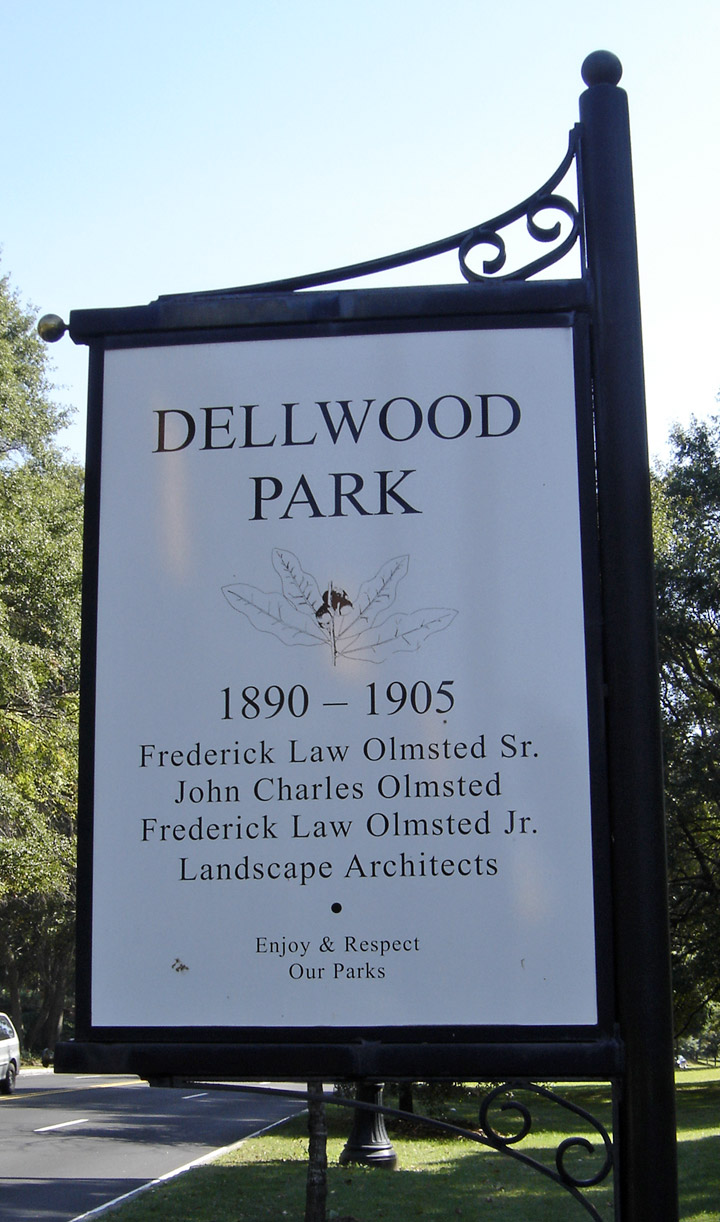
nestled in a large park area designed by Olmsted firm